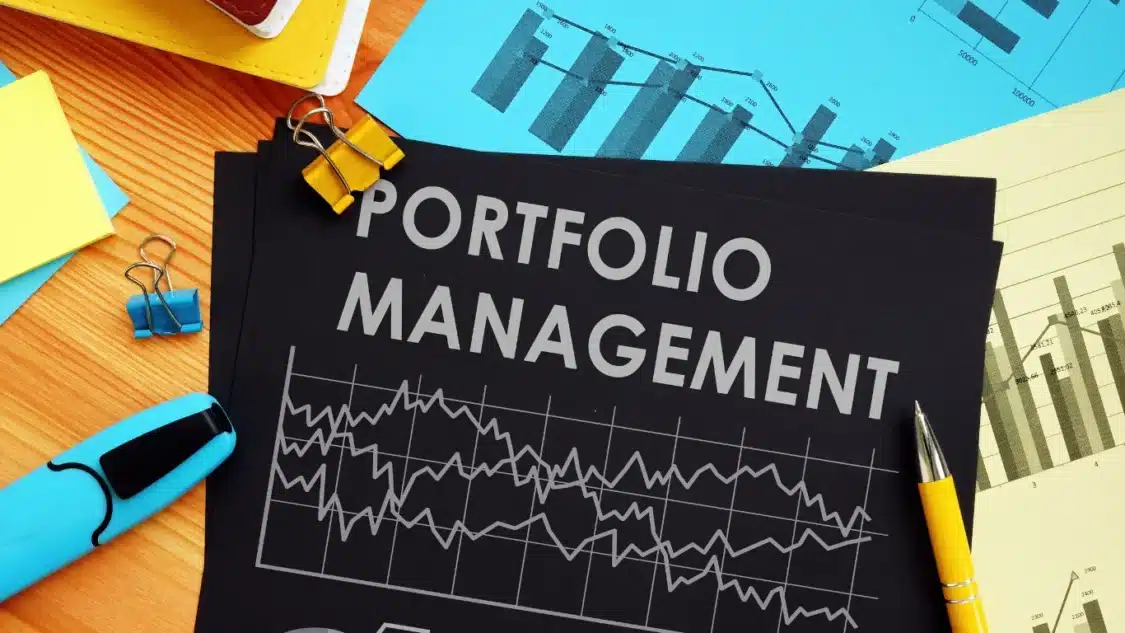When it comes to investing, one of the key factors that can contribute to your long-term success is maintaining a well-balanced portfolio. This means periodically reviewing and adjusting your investments to coordinate with your financial goals and risk tolerance. In this guide, we will review the concept of portfolio maintenance rebalancing and its significance in achieving a well-balanced investment strategy.
Portfolio maintenance rebalancing is crucial because it helps you maintain the desired asset allocation in your investment portfolio. The performance of asset classes can vary greatly, causing your portfolio to become skewed towards certain investments. You return your portfolio to its original asset allocation by rebalancing, which helps manage risk and maintain your desired investment strategy.
Understanding Portfolio Rebalancing
To understand portfolio rebalancing, it is essential to grasp the concept of asset allocation. Asset allocation is the distribution of your investment portfolio across different asset classes, like stocks, bonds, and cash. Each asset class carries a different level of risk and return potential. Asset allocation aims to find the right balance between risk and return that aligns with your investment objectives.
It involves periodically reviewing your asset allocation and making necessary adjustments to bring it back to your desired target. For example, if your target allocation consists of 60% stocks and 40% bonds, but due to market fluctuations, the value of your stocks increases to 70%, you would need to rebalance by selling some stocks and purchasing more bonds to restore the desired 60/40 allocation.
Benefits of Regular Portfolio Maintenance
Regular portfolio maintenance, offers several benefits for investors. First and foremost, it helps manage risk. When one asset class outperforms others, it can lead to an overweight position in that asset class, increasing the portfolio’s overall risk. This process ensures that you upkeep a diversified portfolio.
Another benefit of regular portfolio maintenance is the potential for improved returns. It allows you to sell assets that have performed well and buy those that have underperformed. This disciplined approach lets you buy low and sell high, taking advantage of market fluctuations. Over time, this can enhance your portfolio’s performance and potentially increase your long-term returns.
Additionally, regular portfolio maintenance provides a psychological advantage. During market ups and downs, it is easy to let emotions drive investment decisions. However, by adhering to a disciplined strategy, you can avoid decisions based on short-term market movements. This helps you stay focused on your long-term investment goals and prevents knee-jerk reactions.
When to Rebalance Your Portfolio?

Determining when to rebalance your portfolio depends on your investment strategy and tolerance for risk. However, a general rule of thumb is to do so at least once a year or whenever your asset allocation deviates significantly from your target. Some investors prefer a more dynamic approach and rebalance more frequently, especially during periods of high market volatility.
It is important to note that rebalancing too frequently can lead to unnecessary transaction costs and may not provide benefits. On the other hand, neglecting to rebalance for long periods can result in a portfolio that no longer aligns with your goals and risk tolerance. Finding the right balance and regularly reviewing your portfolio is key to success.
How to Rebalance Your Portfolio?
Rebalancing your portfolio involves a systematic approach to adjust your asset allocation. Here are some steps to follow.
- Start by assessing the current allocation of your investments. Determine the percentage of your portfolio allocated to every asset class, such as stocks, bonds, and cash.
- Define your desired asset allocation based on your investment goals and risk tolerance. This target allocation will serve as your guide during the process.
- Compare your current allocation with your target allocation. Identify the asset classes that have deviated significantly from the target.
- Decide how you will rebalance your portfolio. You can either sell overweight assets and buy underweight assets or adjust future investments to align with the target allocation.
- Implement your chosen strategy by selling or buying assets as required. Consider tax implications, transaction costs, and other factors that may impact your decision.
- Regularly monitor your portfolio’s performance and asset allocation. Revisit the rebalancing process periodically to ensure your investments align with your goals.
Tools and Resources

There are many available tools and resources that can assist you in the portfolio rebalance process. Here are some popular options to consider:
- Online portfolio management platforms offer intuitive interfaces to track your investments and provide automated rebalancing features. They often provide insights and recommendations based on your investment goals and risk tolerance.
- Excel or Google Sheets: For those who prefer a more hands-on approach, spreadsheets can help track and rebalance portfolios. You can create formulas and charts to visualize your target asset allocation.
- Financial advisors: Seeking guidance from a financial advisor can provide personalized advice and expertise in managing your portfolio. They can help you determine the appropriate asset allocation, monitor your investments, and make informed decisions.
- Investment research platforms: Platforms that offer investment research and analysis tools can be valuable resources for understanding market trends in the stock market, evaluating asset classes, and making informed decisions.
Common Mistakes to Avoid
While portfolio rebalancing is essential, it is crucial to be aware of common mistakes that investors often make. Avoiding these mistakes can help with a smoother rebalancing process and maximize the benefits. Here are some common pitfalls to watch out for:
- Overreacting to short-term market movements: Avoid making impulsive decisions based on short-term market fluctuations. It should be driven by your long-term investment goals, not short-term noise.
- Neglecting tax implications: Rebalancing often involves selling investments, which may trigger taxable events. Consider the tax consequences of your rebalancing decisions and consult with a tax professional if needed.
- Ignoring transaction costs: Frequent rebalancing can lead to excessive transaction costs, affecting overall returns. Be mindful of these costs and consider a strategy that minimizes unnecessary expenses.
- Failing to account for changing goals: As your investment goals and risk tolerance evolve, your target allocation may need adjustment. Regularly reassess your goals and make necessary changes to your asset allocation.
Hiring a Financial Advisor for Portfolio Maintenance
Managing a portfolio and executing a rebalancing strategy can be complex, especially for those new to investing or with limited time. In such cases, hiring a financial advisor can be a wise decision. A financial advisor brings expertise and experience to help you develop an investment strategy, set realistic goals, and navigate the complexities of portfolio maintenance.

A financial advisor can help you in identifying your risk tolerance, create a suitable asset allocation, and implement a disciplined rebalancing strategy. They can also provide ongoing support and guidance, monitor your portfolio’s performance, and adjust as needed. While there are costs associated with hiring a financial advisor, their value in terms of expertise and peace of mind can outweigh the expenses.
Conclusion – How to maintain your portfolio?
Maintaining a well-balanced investment portfolio is vital for long-term financial success. Regular portfolio maintenance, including rebalancing, helps manage risk, improve returns, and maintain focus on your investment plans.
By understanding the key takeaways of portfolio maintenance rebalancing and following a disciplined approach, you can ensure your investments align with your desired asset allocation and withstand market fluctuations. The bottom line is that whether you choose to rebalance on your own or seek assistance from a financial advisor, the key is to stay proactive and regularly monitor your portfolio to achieve a well-balanced investment strategy.

